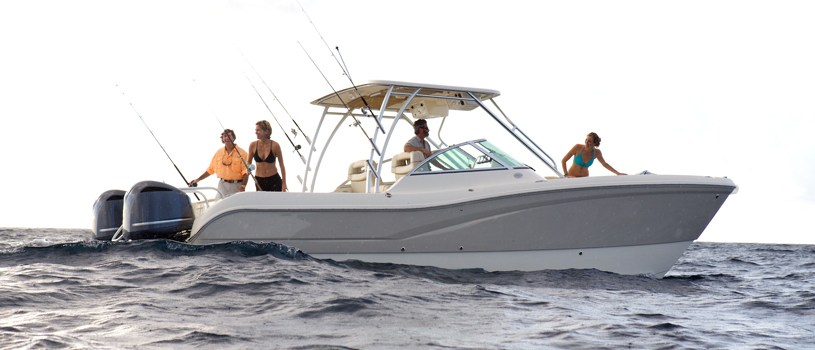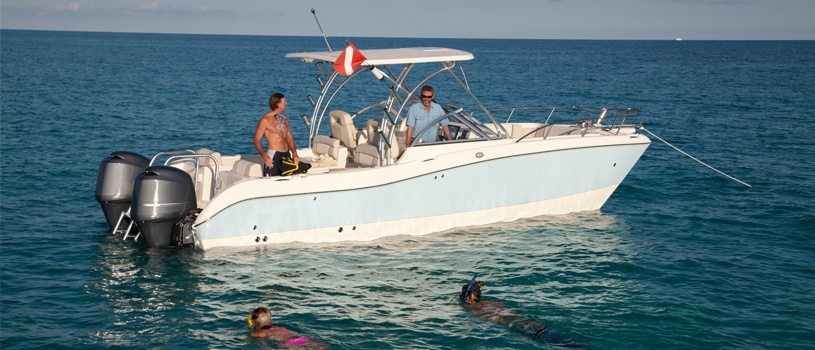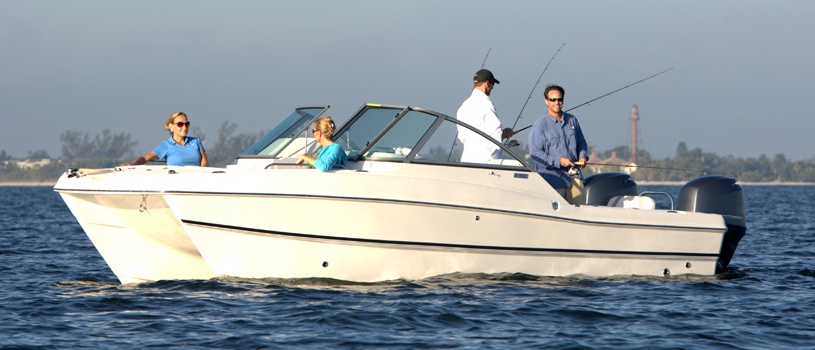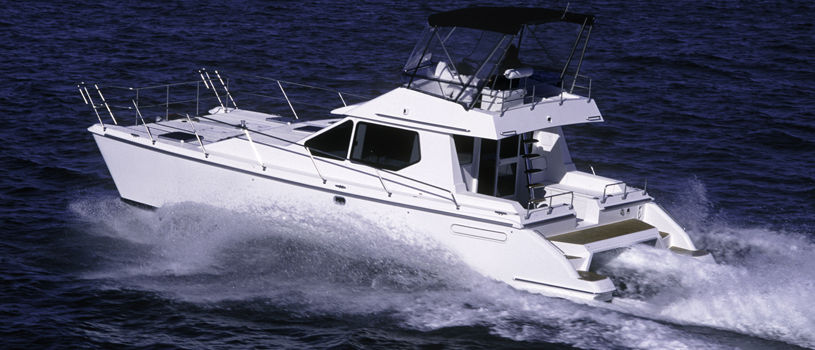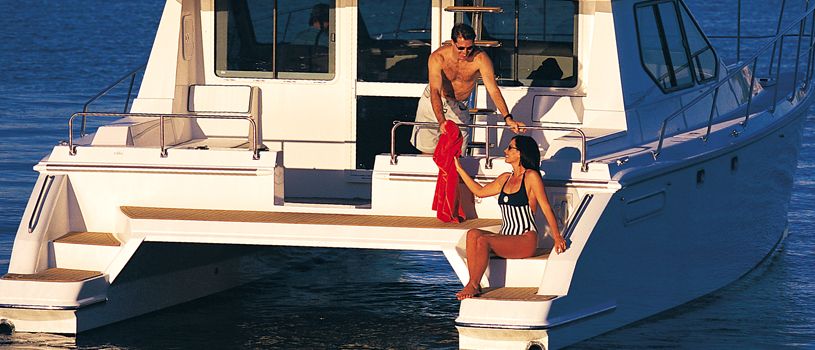multi-hull power boats
When it comes to efficiency, a long, narrow boat bottom, or “hull” is ideal, but the design is not the most realistic choice for hauling passengers and gear. Multi-hull powerboats take the long, narrow hull concept and double or triple it, enjoying these efficient, deep-V designs in the water while connecting them with a roomy main seating area, or “cockpit”, or even cabin above. Most multi-hull powerboats follow the catamaran (two hull) design; trimarans (three hulls) are often used in sailboats. The widely spaced hulls offer excellent stability, comfort and handling in rough waters.
Learn more about …
Quick Stats
- freshwater fishing
- saltwater fishing
- overnight cruising
- day cruising
- N/A Max
- 4.9 - 9.1 m (16 - 30 ft)
- outboard engine
- sterndrive engine
- trailerable
Dealers and Manufacturers
Sign up to receive information from dealers and manufacturers on various boat types and models.
Contact Dealers and Manufacturers* Price Range varies depending on size, make and model of the boat.


